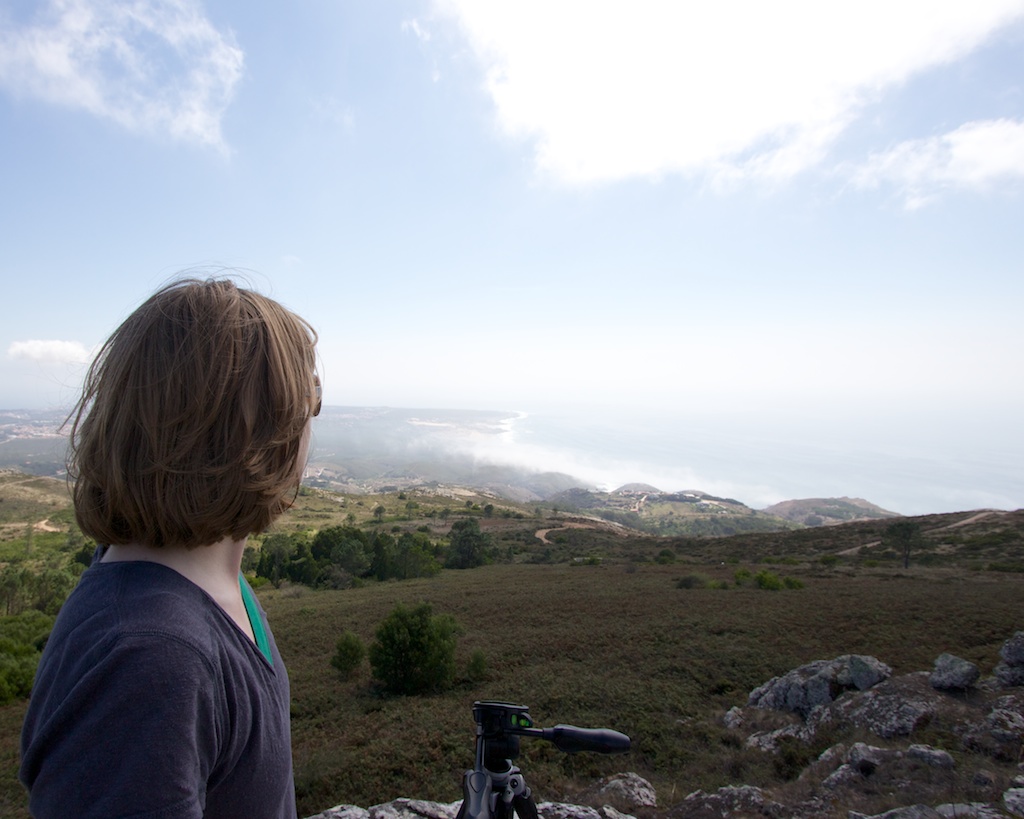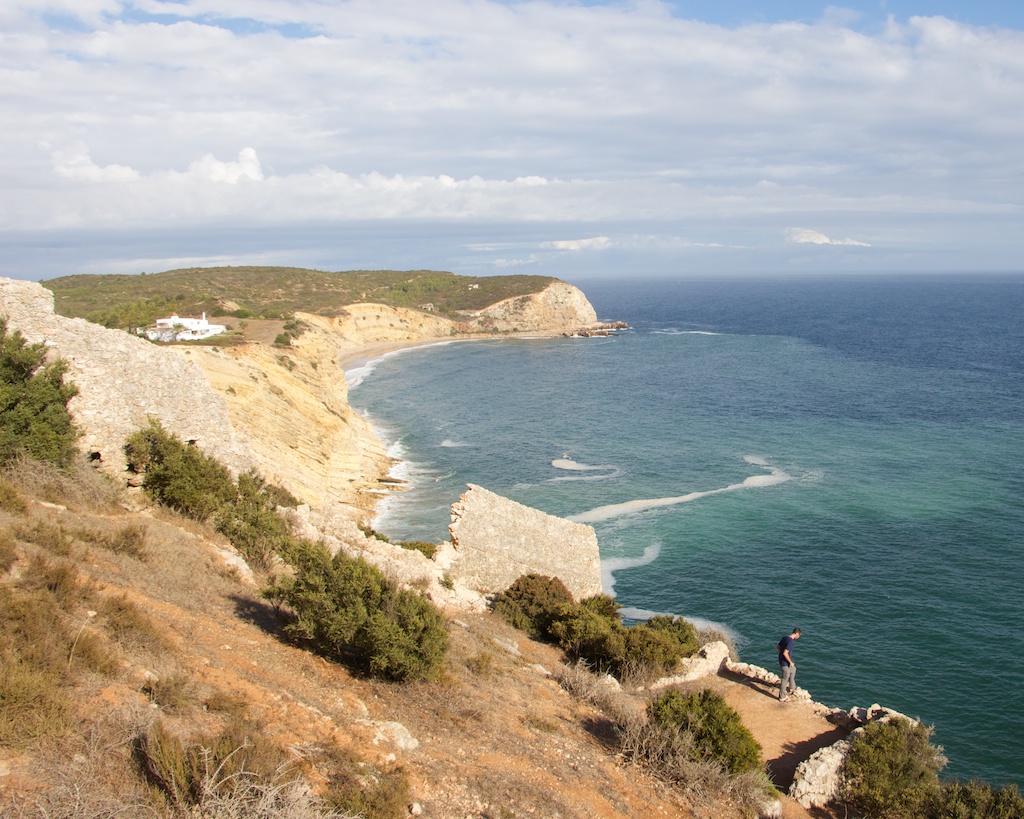Getting Away From The Crowds In Portugal's Parks
While parks may not be Portugal’s primary tourism draw, this Iberian state’s protected lands have both natural and historical features in spades. From boulder-strewn slopes to ruins of hill top castles, Portugal’s parks have some fascinating spots to explore. Here’s the catch; the most well documented sites in these parks, especially those detailed in guidebooks, are most often over run with tour buses. Fortunately, for those who wish to get away from the crowds, there are lesser-known spots to explore. Just two of these five sites I’ll share with you even garner a mention in any of the major guidebooks.
National Parks versus Natural Parks
Protected parks in Portugal fall under differing classifications based on a range of factors including biodiversity, scientific, and educational value. Portugal’s only National Park, Penada-Gerês, was created in 1971 as a result of national and international scientific interest to conserve it's existing characteristics. In Penada-Gerês, you’ll find a couple of park offices with helpful information on hikes and sites to visit.
Natural parks on the other hand are far more informally administered. You’re unlikely to find current maps and won’t find a park office. These regions are designated based on the preservation of biodiversity as influenced by human activities. In both types of parks, gateway towns will be fairly bustling and the key sights mentioned in every guidebook are likely to be crowded to varying degrees.
Santuario da Peninha | Sintra-Cascais Natural Park
In perhaps the most highly trafficked of all four parks I’ll cover, it’s challenging to escape the crowds in Sintra-Cascais Natural Park due to its proximity to Lisbon. While you could spend days exploring the castles in the hills above Sintra, you could also detour west to take in some of the best views on the central Portuguese coast.
Situated at the highest point of the Natural Park, the Santuario da Peninha was built in the 17th century and became a site of pilgrimage for the wives of sailors due to it’s birds eye view of the sea. Walking up the rocky road to the site from an unmarked dirt parking area, the views down the coastline to the city of Cascais improve with every step. From the outside, the chapel itself is unremarkable compared to a lower structure, built in 1918, which is painted a bright canary yellow and offers a fantastic patio. It’s a photographers dream.
The Castle of Castro Laboreiro & Santuario da Senhora Do Numão | Parque Nacional Penada - Gerês
While most guidebooks have a section on Portugal’s only National Park, the northern half generally receives a just a short mention without much actionable information. By basing yourself in Soajo as opposed to the more well known hub of Gerês – you’ll set yourself with better access to the less crowded areas of the park.
Just a short hike from the small village of Castro Laboreiro are the ruins of an eponymous castle built around 955 and later rebuilt in the fourteenth century. Dating as far back as it does, the subject of castles’ original builders is in some dispute – with varying sources claiming either the Romans or the Moors. Seated on a hilltop overlooking a valley, like all good castles do, you can wander through doorways and atop the walls imagining centuries of different people doing so before.
In a nearby valley, down a long unmarked dirt road, is the Santuario da Senhora Do Numão. Previously used as a place of worship for Celtic peoples and unspecified ancient cults, the boulder-strewn site now houses a Catholic chapel built in 1663. A rock pulpit and spring add extra curiosity and charm to the site, making a perfect spot for lunch – complete with picnic tables under shade providing trees.
Covão do Boerio & Covão do Meio | Serra da Estrela Natural Park
Most guidebooks will mention the centrally situated Serra Da Estrela National Park, specifically calling out the highest point in Portugal; Torre, and suggesting a hike down the Zêzere Valley. Just about three kilometers down the hill from Torre, towards Seia, a rough and rocky trail dips down into the westward sloping Loriga Glacial Valley. While there are a few small parking pullouts nearby, you won’t find any other signage directing you down the path.
For those lucky few interested in exploring, the roughly seven kilometer trail will lead you past the ruins of various abandoned stone buildings and infrastructure, past an upper marsh area to a dam and reservoir – Lagoa do Cavão do Meio. At the time of our visit, mid-September, the dam was deserted and the reservoir nearly empty. In this state, you can make loop traveling in front of the dam and across the dry lakebed back to the trail.
Forte de Almádena | Southwest Alentejo and Vincentine Coast Natural Park
Depending on the time of year, a visit to the large area covered by Southwest Alentejo and Vincentine Coast Natural Park may be more packed than the winding roads around Sintra's castles. Located between the Algarve beach towns of Salema and Burgau, Forte de Almádena is easily overlooked by anyone not partial to aimlessly driving the small winding roads along the coast. Built in 1632, it’s another hilltop castle with a fantastic view down the coastline ready to be explored. For those imaginative types, the remnants of the moat are still visible – so watch your footing as you explore.
Final Tips for Visiting Portugal’s Parks
If you plan any portion of your visit to Portugal around it’s parks and prefer to get away from the crowds – you’ll need to rent a vehicle, chat with locals, and plan on getting lost. I recommend bringing actual paper maps, as cell service won’t be strong in the mountainous regions, and a GPS device to determine your location after you get yourself lost. Using this approach, you’ll hopefully find some additional ways to get away from the crowds in Portugal’s parks.
















